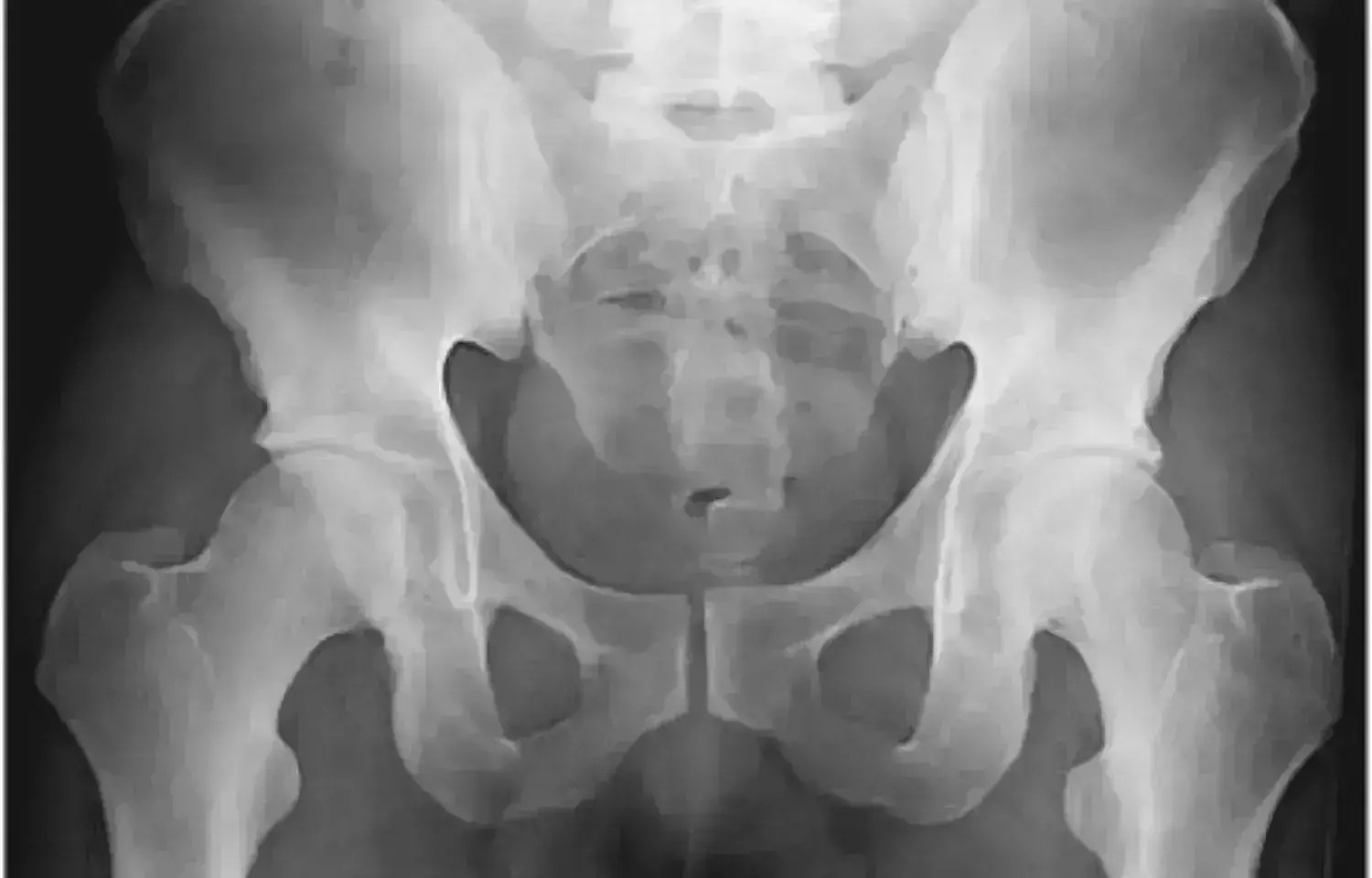- Home
- Medical news & Guidelines
- Anesthesiology
- Cardiology and CTVS
- Critical Care
- Dentistry
- Dermatology
- Diabetes and Endocrinology
- ENT
- Gastroenterology
- Medicine
- Nephrology
- Neurology
- Obstretics-Gynaecology
- Oncology
- Ophthalmology
- Orthopaedics
- Pediatrics-Neonatology
- Psychiatry
- Pulmonology
- Radiology
- Surgery
- Urology
- Laboratory Medicine
- Diet
- Nursing
- Paramedical
- Physiotherapy
- Health news
- Fact Check
- Bone Health Fact Check
- Brain Health Fact Check
- Cancer Related Fact Check
- Child Care Fact Check
- Dental and oral health fact check
- Diabetes and metabolic health fact check
- Diet and Nutrition Fact Check
- Eye and ENT Care Fact Check
- Fitness fact check
- Gut health fact check
- Heart health fact check
- Kidney health fact check
- Medical education fact check
- Men's health fact check
- Respiratory fact check
- Skin and hair care fact check
- Vaccine and Immunization fact check
- Women's health fact check
- AYUSH
- State News
- Andaman and Nicobar Islands
- Andhra Pradesh
- Arunachal Pradesh
- Assam
- Bihar
- Chandigarh
- Chattisgarh
- Dadra and Nagar Haveli
- Daman and Diu
- Delhi
- Goa
- Gujarat
- Haryana
- Himachal Pradesh
- Jammu & Kashmir
- Jharkhand
- Karnataka
- Kerala
- Ladakh
- Lakshadweep
- Madhya Pradesh
- Maharashtra
- Manipur
- Meghalaya
- Mizoram
- Nagaland
- Odisha
- Puducherry
- Punjab
- Rajasthan
- Sikkim
- Tamil Nadu
- Telangana
- Tripura
- Uttar Pradesh
- Uttrakhand
- West Bengal
- Medical Education
- Industry
Radiographic axial spondyloarthritis patients at increased risk of AF and AR: Study

South Korea: Radiographic axial spondyloarthritis (r-axSpA) patients compared to the general population are at increased risk of aortic regurgitation and atrial fibrillation but not atrioventricular (AV) block II-III, says a study published in Therapeutic Advances in Musculoskeletal Disease.
Radiographic axial spondyloarthritis, previously known as ankylosing spondylitis (AS) is systemic inflammatory arthritis and a type of spondyloarthritis. Main manifestations include arthritis and morning stiffness of axial joints, and other extra-articular manifestations can arise. Cardiac manifestations are the most critical complication among extra-articular symptoms. Also, cardiovascular diseases (CVDs) are known to be more frequent in r-axSpA patients than in the GP, and combined CVD increases mortality risk in r-axSpA patients. The European Alliance of Associations for Rheumatology, therefore, recommends proper screening and early management of CVD in r-axSpA patients.
Against the above background, Hong Ki Min, Division of Rheumatology, Department of Internal Medicine, Konkuk University Medical Center, Seoul, South Korea, and colleagues aimed to compare the incidences of aortic regurgitation, atrial fibrillation, and atrioventricular block II–III between radiographic axial spondyloarthritis patients and the general population.
For this purpose, the researchers used National Health Insurance Services data. R-axSpA patients (N = 8877) and the age- and sex-matched GP (N = 26,631) were followed from August 2006 to December 2019. A comparison of incidence rates and standardized incidence ratios (SIRs) of aortic regurgitation, AF, and AV block II–III was done between these groups. Kaplan–Meier method and Cox regression analysis was used to calculating ten-year incidence rates and hazard ratios (HRs).
The findings of the study were as follows:
- Incidence rates of aortic regurgitation, AV block II–III, and AF in the r-axSpA group were 0.42, 0.21, and 4.0 per 1000 person-years (PYs), respectively.
- In the r-axSpA group, the SIR for aortic regurgitation was highest among 40- to 49-year-old men.
- Incidence rates of aortic regurgitation and AF were higher in the r-axSpA group than in the GP group (0.42 versus 0.18 per 1000 PYs 4.00 versus 3.13 per 1000 PYs respectively), whereas the difference was insignificant for AV block II–III (0.21 versus 0.14 per 1000 PYs).
- In multivariate analysis, r-axSpA was associated with a higher hazard (risk) for the development of aortic regurgitation and AF [HR = 2.55 and 1.20 respectively], but the difference was insignificant for AV block II–III [HR = 1.17].
To conclude, "the incidence rates of aortic regurgitation and AF were higher in r-axSpA patients than in the GP. Furthermore, the risks of these cardiac disorders were significantly increased in r-axSpA patients."
"The early detection of aortic regurgitation may be increased by regular echocardiography in a specific subgroup of r-axSpA patients, such as those who are older and male," the authors concluded.
Reference:
Min HK, Kim H-R, Lee S-H, et al. Increased risks of aortic regurgitation and atrial fibrillation in radiographic axial spondyloarthritis patients: a 10-year nationwide cohort study. Therapeutic Advances in Musculoskeletal Disease. January 2022. doi:10.1177/1759720X221088094
Dr Kamal Kant Kohli-MBBS, DTCD- a chest specialist with more than 30 years of practice and a flair for writing clinical articles, Dr Kamal Kant Kohli joined Medical Dialogues as a Chief Editor of Medical News. Besides writing articles, as an editor, he proofreads and verifies all the medical content published on Medical Dialogues including those coming from journals, studies,medical conferences,guidelines etc. Email: drkohli@medicaldialogues.in. Contact no. 011-43720751


